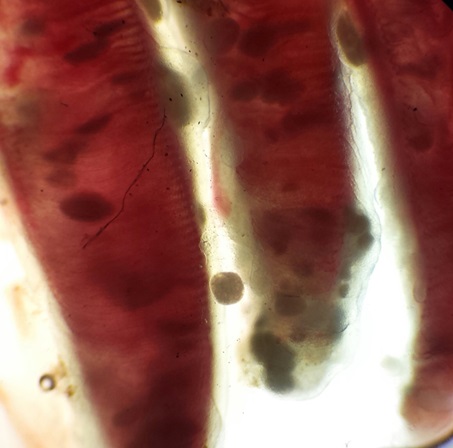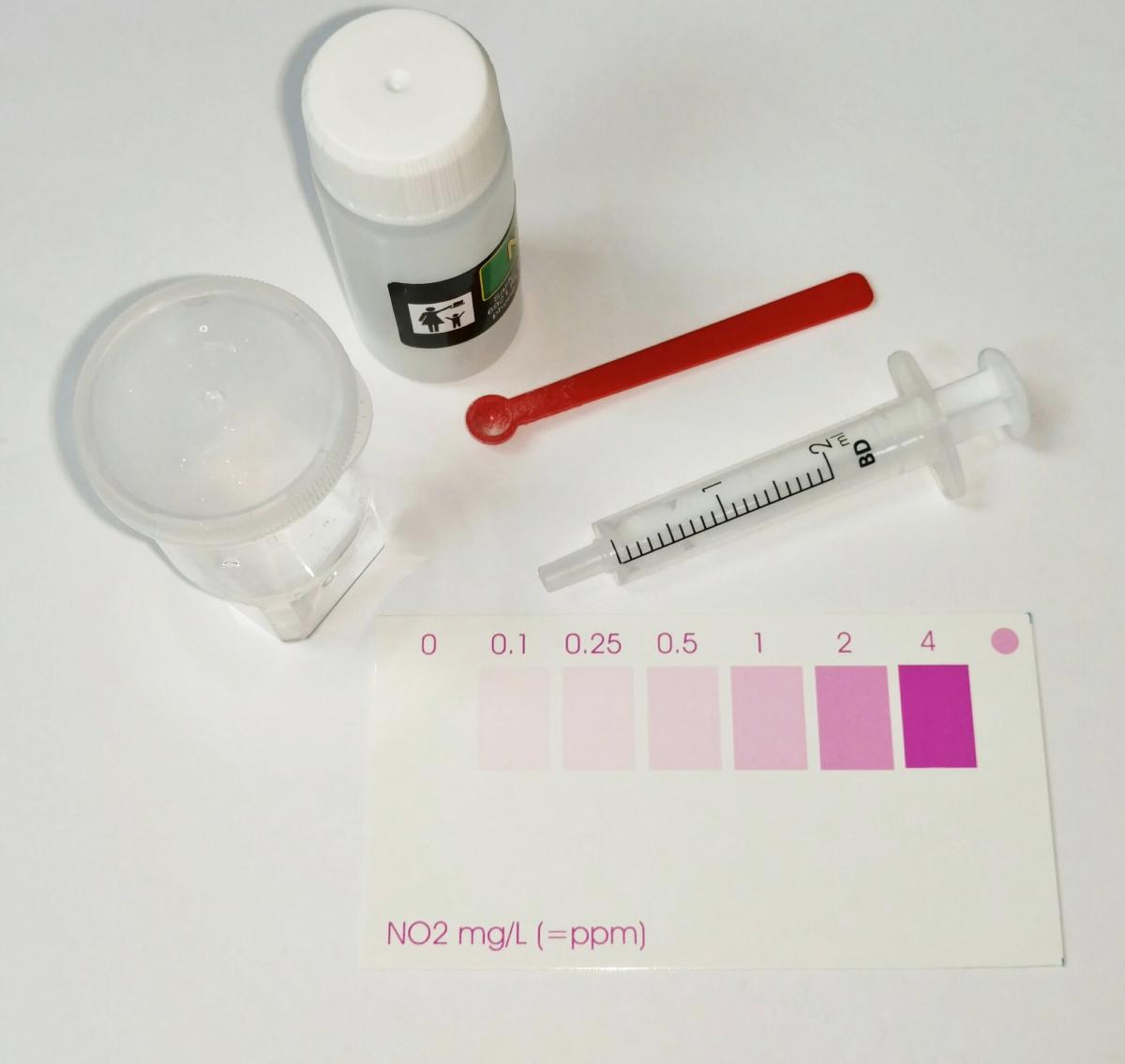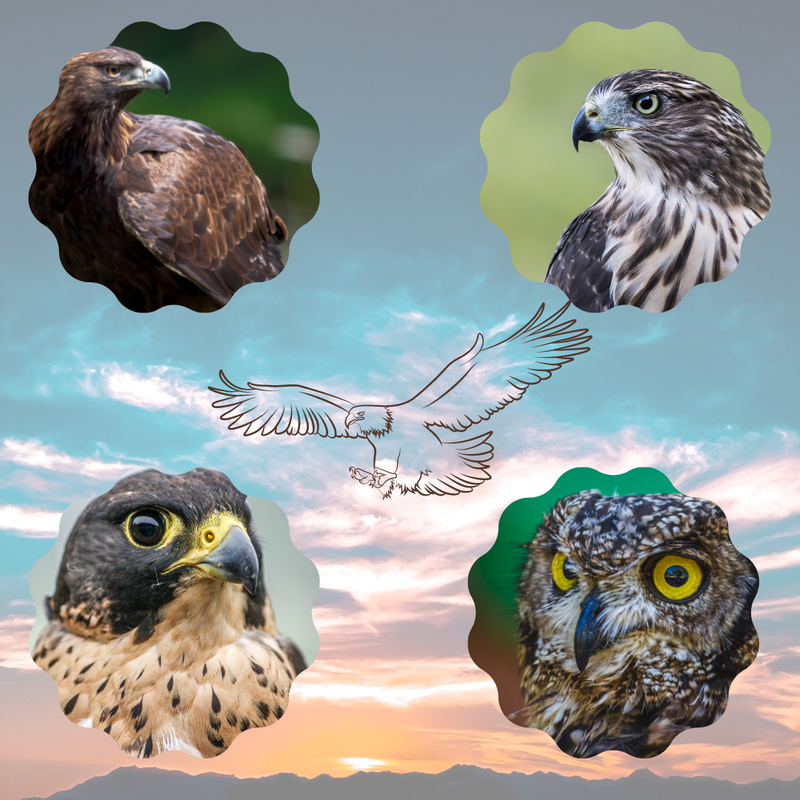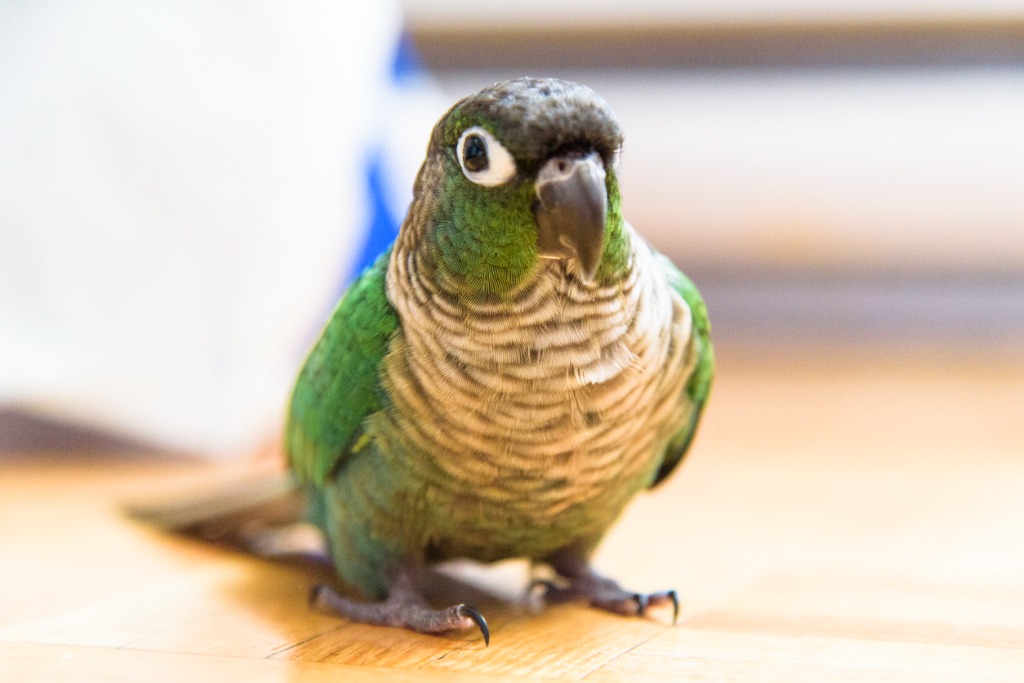Performing Water Changes in Aquariums and Ponds
Routine water changes are a vital part of maintain a balanced, healthy environment in any pond or aquarium. However, there is more to performing water changes than just dumping out the old water and adding in the new. In this article we wil discuss why water changes are important and how to perform them properly to insure a healthy home aquatic ecosystem.




 Nitrogen is an important element found in nature and is critical for many biologic functions. The nitrogen cycle is the natural process by which nitrogen compounds are converted between various forms. Gathering a basic understanding of how the nitrogen cycle works can help you keep your fish or aquatic turtle healthy and happy.
Nitrogen is an important element found in nature and is critical for many biologic functions. The nitrogen cycle is the natural process by which nitrogen compounds are converted between various forms. Gathering a basic understanding of how the nitrogen cycle works can help you keep your fish or aquatic turtle healthy and happy. Parasites are a common problem in pond fish such as koi and golfish that can lead to sick and dying fish. It is important to not only quickly identify but to find appropriate treatment for your fish so that fish can quickly recover. Here is a quick overview of the types of parasites that infect pond fish.
Parasites are a common problem in pond fish such as koi and golfish that can lead to sick and dying fish. It is important to not only quickly identify but to find appropriate treatment for your fish so that fish can quickly recover. Here is a quick overview of the types of parasites that infect pond fish.  Proper water quality is essential for maintaining healthy aquatic animals. This is true of fish, coral, invertebrates, turtles and amphibians. In most cases these animals live in the same water where they eat, drink and eliminate waste. Animals in captivity have the added challenge of living in a far smaller volume of water than their counterparts in the wild. It’s very important that their caretakers understand how to test the water and respond to any abnormal parameters. This article explains why it’s important to test several different water quality values and how they affect each other. The reader shouldn’t need to relearn past chemistry class notes to get an adequate understanding.
Proper water quality is essential for maintaining healthy aquatic animals. This is true of fish, coral, invertebrates, turtles and amphibians. In most cases these animals live in the same water where they eat, drink and eliminate waste. Animals in captivity have the added challenge of living in a far smaller volume of water than their counterparts in the wild. It’s very important that their caretakers understand how to test the water and respond to any abnormal parameters. This article explains why it’s important to test several different water quality values and how they affect each other. The reader shouldn’t need to relearn past chemistry class notes to get an adequate understanding. Raptors are recognized for their keen site, strong beaks and powerful talons. They are also known as birds of prey because of the fact that they hunt for and feed on other animals. Examples of birds that are included in this group are eagles, hawks, falcons and owls. These birds have been used in the sport of falconry for centuries, but can also been found in zoo and wildlife rehabilitation settings. These birds should only be handled by trained falconers or licensed wildlife rehabilitators.
Raptors are recognized for their keen site, strong beaks and powerful talons. They are also known as birds of prey because of the fact that they hunt for and feed on other animals. Examples of birds that are included in this group are eagles, hawks, falcons and owls. These birds have been used in the sport of falconry for centuries, but can also been found in zoo and wildlife rehabilitation settings. These birds should only be handled by trained falconers or licensed wildlife rehabilitators. Lorikeets and Lories are a species of parrot that you won’t forget once you meet one! They are colorful, interactive and almost always ready to play. Native to Australia, southeast Asia, Polynesia and Papua New Guinea, these birds are commonly found at interactive zoo exhibits. Their tongues are different from other parrots and a have brush tips that allows for these birds to eat nectar. Zoos will give out cups of nectar to visitors to feed the birds and learn about these unique species. Many people have these birds as pets but they are slightly different than other psittacine birds.
Lorikeets and Lories are a species of parrot that you won’t forget once you meet one! They are colorful, interactive and almost always ready to play. Native to Australia, southeast Asia, Polynesia and Papua New Guinea, these birds are commonly found at interactive zoo exhibits. Their tongues are different from other parrots and a have brush tips that allows for these birds to eat nectar. Zoos will give out cups of nectar to visitors to feed the birds and learn about these unique species. Many people have these birds as pets but they are slightly different than other psittacine birds.